Over the past decade, digital transformation in education has accelerated across the globe. In India, where over 260 million students rely on the public education system, the government has played a critical role in ensuring equitable access to quality learning through digital learning platforms.
Government-supported platforms like DIKSHA, SWAYAM, NPTEL, ePathshala, and PM eVIDYA have not only democratized learning but also set a blueprint for inclusive, scalable, and multilingual education.
This article takes an in-depth look at these initiatives, exploring how they work, their benefits, challenges, and long-term impact.
📘 Why Digital Learning Platforms Matter in India
India’s education system faces challenges such as:
- Teacher shortages in rural areas
- Language diversity
- Unequal access to quality study materials
- Disruptions caused by events like the COVID-19 pandemic
To tackle these problems and achieve the New Education Policy (NEP) 2020 goals, the government has invested in robust digital platforms that deliver:
- Free, high-quality content
- Remote accessibility
- Multilingual and interactive learning
- Standardized education resources
🌐 Top Government-Supported Digital Learning Platforms in India
1. DIKSHA (Digital Infrastructure for Knowledge Sharing)
Launched in 2017, DIKSHA is the flagship initiative by the Ministry of Education designed for teachers and students from Classes 1 to 12. It acts as a national digital content repository, offering free access to textbooks, videos, lesson plans, and quizzes.
🔍 Key Features:
- Available in 36+ Indian languages
- QR-code linked textbooks for contextual learning
- Teacher training modules
- Works on low-bandwidth and offline mode
- Accessible via mobile app and web
📊 Impact:
- Over 2.5 billion learning sessions recorded since launch
- More than 50 million users including students, teachers, and parents
- Integrated with State Boards across India
Quote:
“DIKSHA helped our students continue learning even when schools were closed during the lockdown.” — Teacher, Bihar
2. SWAYAM (Study Webs of Active–Learning for Young Aspiring Minds)
SWAYAM is an initiative to provide free online courses from the best Indian institutions including IITs, IIMs, and central universities. It caters to high school, undergraduate, postgraduate, and lifelong learners.
🔍 Key Features:
- Over 2,000 certified courses
- Includes subjects from engineering, law, arts, and commerce
- Weekly assignments, video lectures, and discussion forums
- Certification available for a nominal fee
- Available in English and regional languages
📊 Impact:
- Over 3 crore enrollments since inception
- Used by learners across 195+ countries
- Integrated into university credit systems
Quote:
“SWAYAM made it possible for me to study computer science from an IIT while living in a remote village.” — Student, Tamil Nadu
3. ePathshala
Developed by the NCERT and the Ministry of Education, ePathshala is a one-stop platform for digital textbooks and learning resources from Classes 1–12.
🔍 Key Features:
- Downloadable textbooks, audio, video, and PDFs
- Compatible with all devices
- Accessible in English, Hindi, and regional languages
- Materials align with CBSE and State Boards
📊 Impact:
- Millions of downloads across devices
- Used by schools in over 25 states and UTs
- Supports students with disabilities through inclusive design
Quote:
“With ePathshala, we don’t need to worry about buying expensive books.” — Parent, Madhya Pradesh
4. NPTEL (National Programme on Technology Enhanced Learning)
Jointly developed by IITs and IISc, NPTEL offers advanced-level courses primarily in engineering, technology, science, and management.
🔍 Key Features:
- Over 600+ online courses
- Extensive video library with expert faculty
- Certificate exams for career advancement
- Industry-aligned curriculum
- Courses now also available in regional languages
📊 Impact:
- More than 1.5 crore learners registered
- High-quality resource for engineering students preparing for GATE and other exams
- Recognized by top employers and institutions
Quote:
“NPTEL helped me get certified and land a job at a top tech firm.” — Engineering graduate, Karnataka
5. PM eVIDYA
Launched during the pandemic under the Aatmanirbhar Bharat Abhiyan, PM eVIDYA is a comprehensive initiative to consolidate all digital and broadcast-based learning channels.
🔍 Key Components:
- DIKSHA as the digital platform
- One class, one TV channel (12+ dedicated channels from Classes 1–12)
- Radio, podcasts, and community radio
- Special content for visually and hearing-impaired students
📊 Impact:
- Ensures access to students without internet through TV and radio
- Widely used in tribal and underserved regions
- Won global recognition for innovation in crisis education delivery
📈 Benefits of Government Digital Platforms
1. Equity and Accessibility
Free access ensures that students from marginalized communities can learn alongside their urban counterparts.
2. Multilingual Content
These platforms support India’s linguistic diversity, making learning more relatable.
3. Teacher Support and Training
Platforms like DIKSHA not only help students but also train and upskill teachers through self-paced modules.
4. Low Data and Offline Access
Recognizing connectivity issues, most platforms are optimized for low bandwidth and offline use.
⚠️ Challenges Still to Address
While these platforms are impactful, certain issues remain:
- Digital divide: Many students still lack access to smartphones and stable internet.
- Awareness gap: Some rural areas are unaware of these resources.
- Quality monitoring: Need for regular content updates and standardization.
- Teacher training: Continuous support is needed to integrate digital learning in classrooms effectively.
📌 The Road Ahead
The NEP 2020 has placed strong emphasis on technology in education, and these platforms are expected to grow in scope and scale. Future improvements could include:
- AI-based personalized learning recommendations
- Integration of AR/VR tools for immersive education
- Real-time analytics to track student performance
- Seamless integration across devices and languages
Government collaboration with private EdTech firms, NGOs, and state departments will also play a pivotal role in scaling these platforms sustainably.
🧠 Conclusion: Empowering a Learning Nation
India’s government-supported digital learning platforms are revolutionizing education delivery across urban and rural regions. From foundational literacy to advanced engineering, they ensure that every learner, regardless of geography or income, has access to quality education.
In the coming years, with stronger internet infrastructure and deeper digital awareness, these platforms will not only supplement classroom learning—they will redefine it.
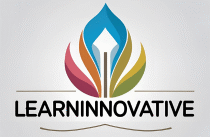
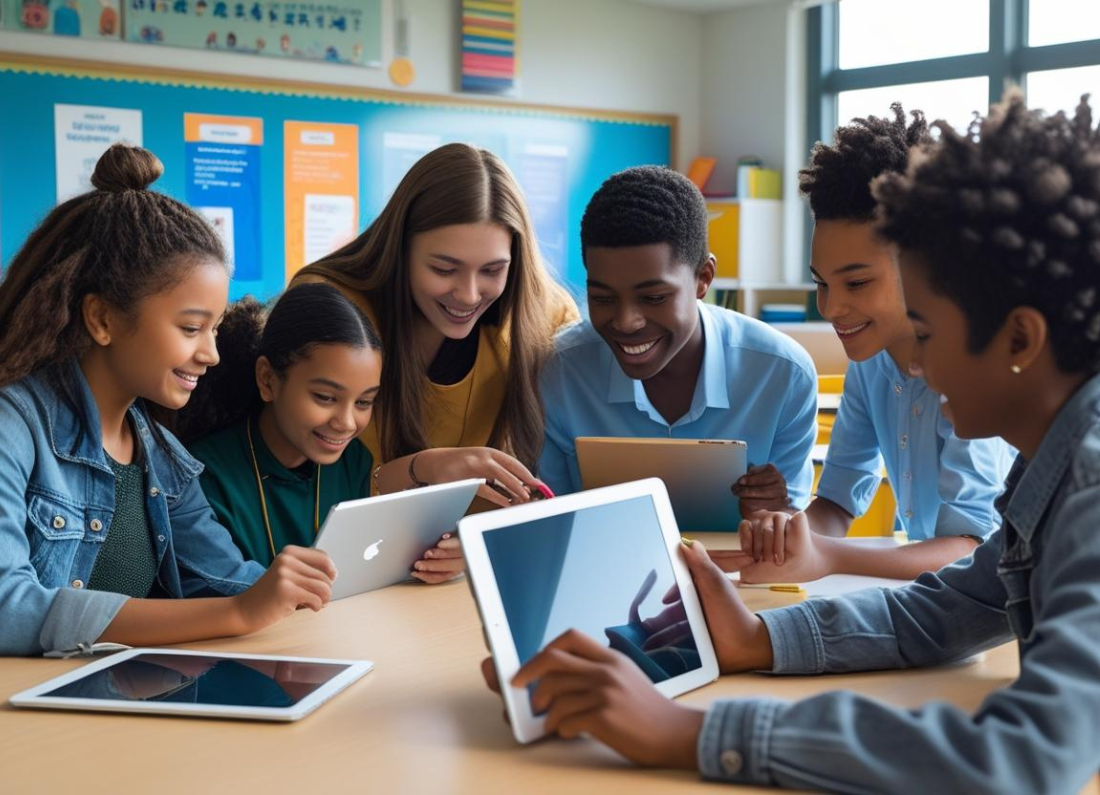
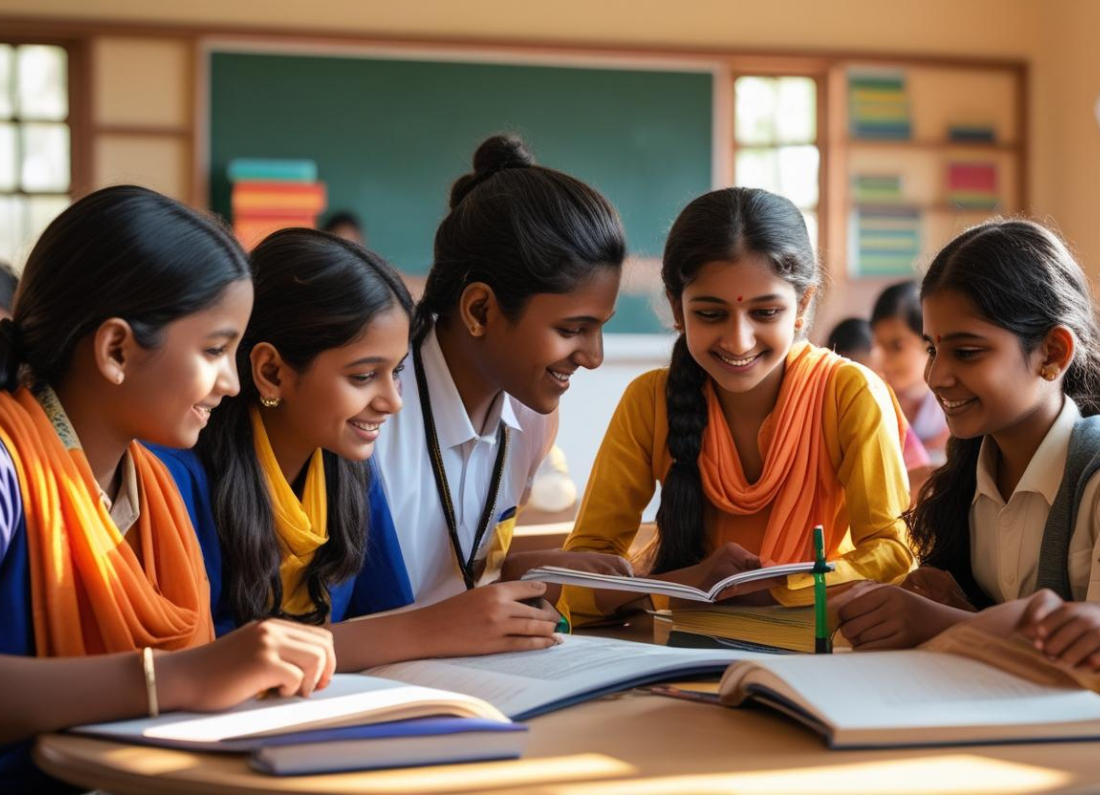
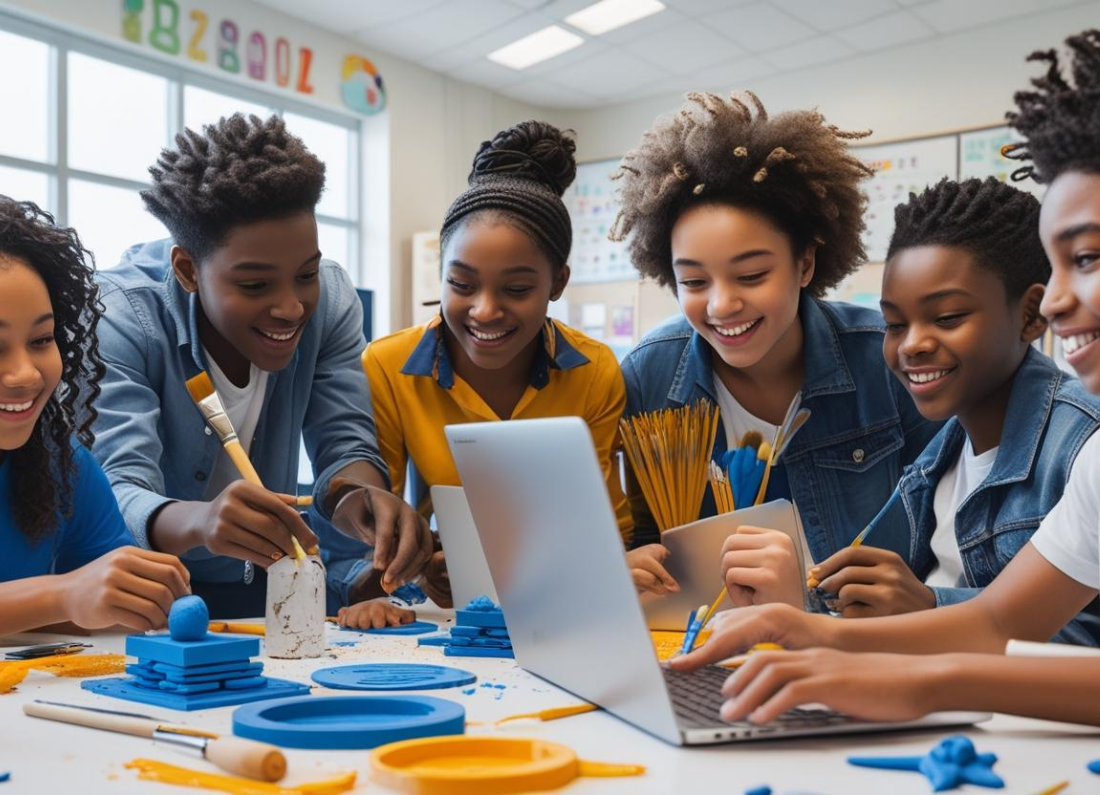

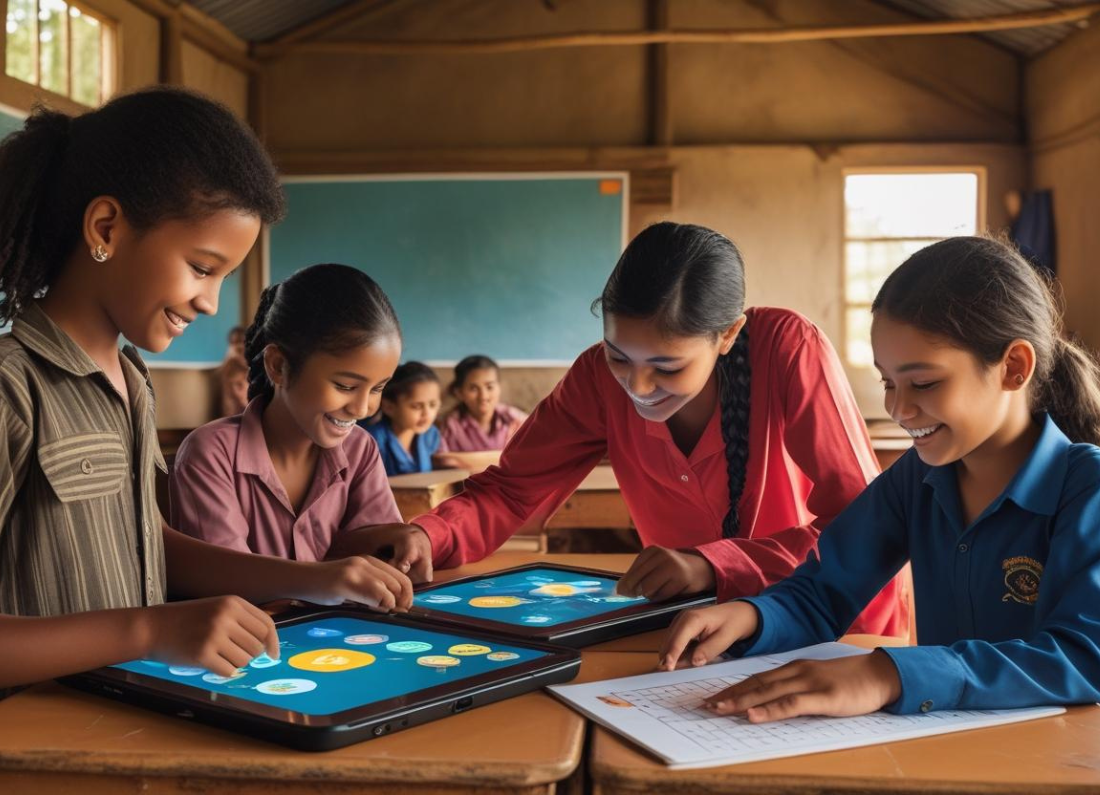
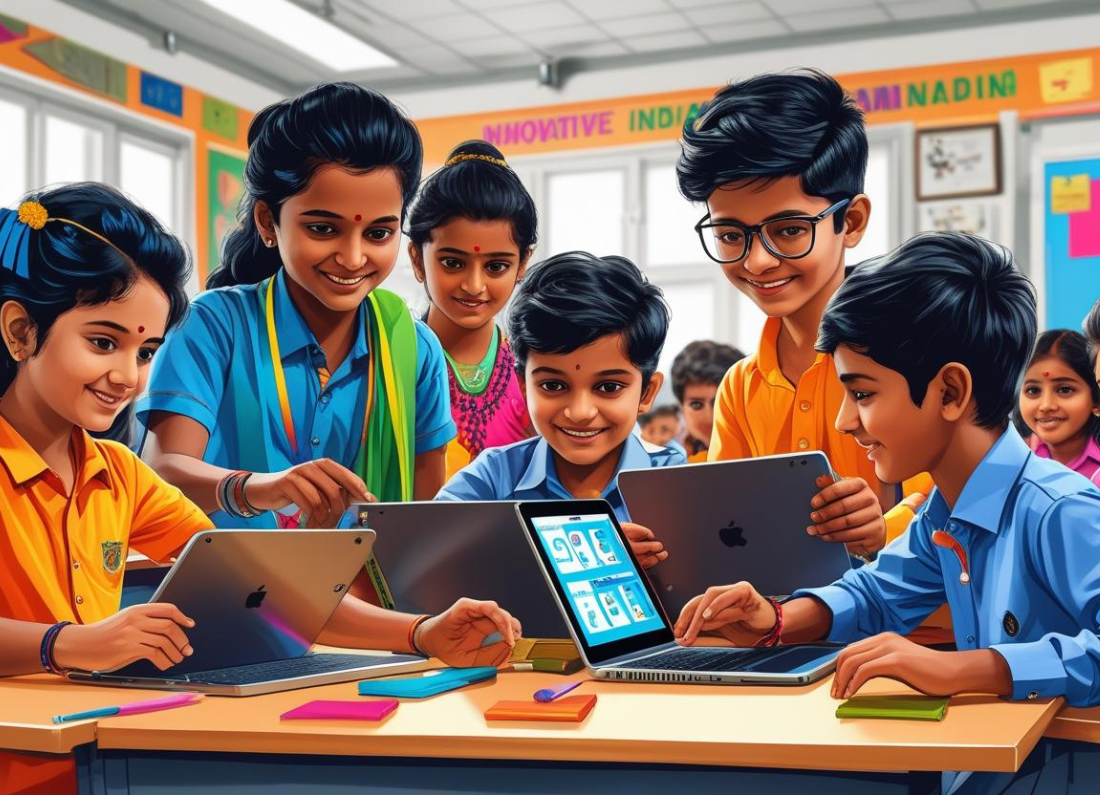
Leave a Reply